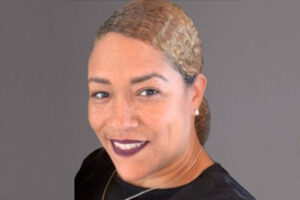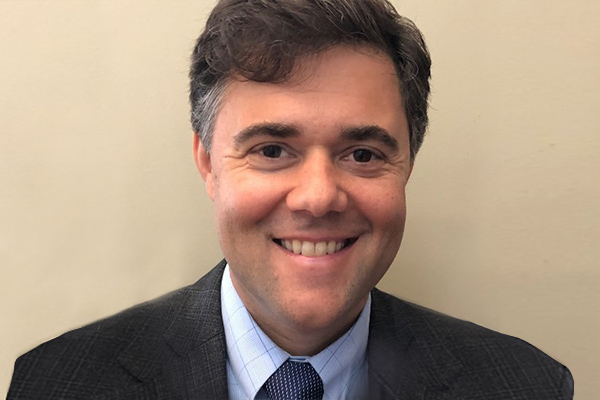
COVID-19 has changed the way healthcare operates and how it’s perceived. As the father of graduating college and high school seniors who have chosen to pursue careers in medicine, I’m both excited and curious as how their journeys will play out. They have always been connected with the role of a physician, due to their lifelong desire to play a prominent part in the healing process and by the strong influence of their grandfather, a pulmonologist. But as they begin their new journey, they will be stepping into a very different post-COVID world.
The pandemic has impacted us all in a variety of ways ranging from the adoption of uncomfortable masks to the tragic loss of family and friends, but with necessity being the mother of invention it has spawned a multitude of interesting trends. We’ve seen a burst in innovation, an increase in charitable donation and a surge in applications to both medical and nursing schools.
Frontline healthcare workers have been the face of this pandemic, and still continue to reflect some of its horrors as they rub a tired hand across their haunted eyes to rub deep mask indentions left in their cheeks after long stressful shifts. We’ve seen how it has weighed on their shoulders, we’ve empathized with them as they’ve helped isolated patients deal with pain and suffering, and we’ve seen the raw resiliency and strength that comes from those who have chosen a career that often puts their personal needs aside in order to serve their patients. Finally we’ve come to recognize these frontline workers as true heroes and it’s driven a new generation to pursue careers as healthcare practitioners.
The new surge in applications to medical schools has been dubbed the “Fauci Effect” in recognition of the public health official who had been a daily fixture on our TVs since last March. According to the Association of American Medical Schools, there has been an 18% increase in applications for the class of 2021. This has corresponded with a similar increase in applications to nursing schools, many of these applicants already holding degrees and seeking a second career. According to Google, “how to become a nurse” was one of the most popular search terms in 2020.
Individuals are now seeing first-hand the heroic efforts being put forth by doctors and nurses, and it’s having an impact. The powerful images are trumping prime time dramas like Grey’s Anatomy and are bringing the reality of the medical field into the living rooms of America. This new call of duty is similar to the pull to service that Americans felt two decades ago after 9-11.
But some think that the increased interest may be driven by other factors- including the growing awareness of systemic racism and inequity in healthcare. It’s just not that easy to decide to change gears in college and apply to medical school within a year due to the heavy prerequisite course-loads required prior to taking that step. “It is not just the viral pandemic but also is the awakening of the dedication to addressing racism has also been a motivation for many to try to bring equitable care to their own community” said Dr. Demicha Rankin, associate dean of admissions in the Ohio State University College of Medicine. “I also think students are motivated by seeing the dedication and they simply have a desire to join a profession that is being celebrated.”
As our population continues to age, the existing demand for healthcare providers will continue to increase. The US will need nearly 140,000 physicians by 2033 and around 500,000 nurses by 2030. An unintended but fortuitous consequence of this past year has been a possible answer to this need.
Nick Kagal, FACHE, FHIMSS







































